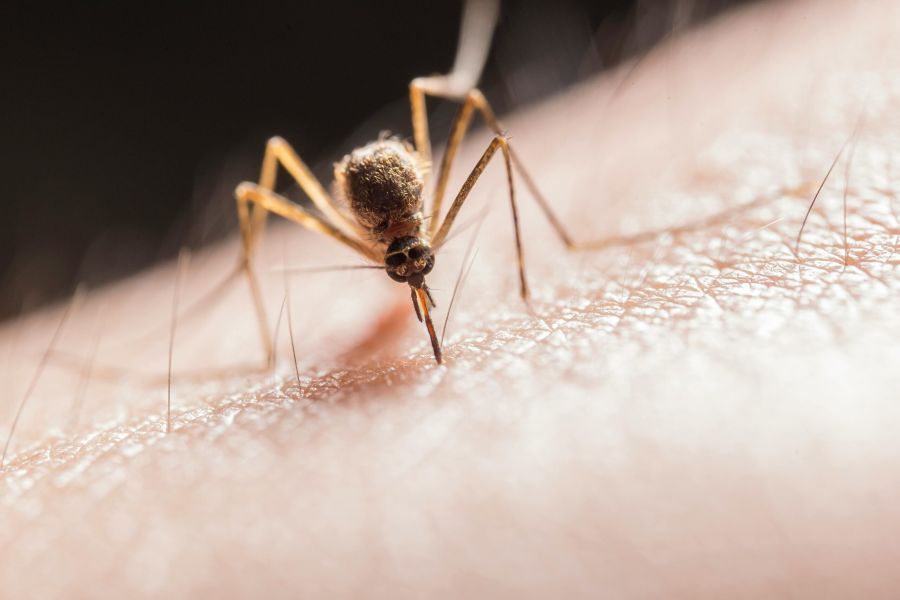Mechanistic models for West Nile virus transmission: a systematic review of features, aims and parametrization

This publication is part of the project ‘Preparing for vector-borne virus outbreaks in a changing world: a One Health Approach’ (NWA.1160.1S.210) which is (partly) financed by the Dutch Research Council (NWO).
Authors: Mariken M. de Wit, Afonso Dimas Martins, Clara Delecroix, Hans Heesterbeek, Quirine A. ten Bosch
Abstract
Mathematical models within the Ross–Macdonald framework increasingly play a role in our understanding of vector-borne disease dynamics and as tools for assessing scenarios to respond to emerging threats. These threats are typically characterized by a high degree of heterogeneity, introducing a range of possible complexities in models and challenges to maintain the link with empirical evidence. We systematically identified and analysed a total of 77 published papers presenting compartmental West Nile virus (WNV) models that use parameter values derived from empirical studies. Using a set of 15 criteria, we measured the dissimilarity compared with the Ross–Macdonald framework. We also retrieved the purpose and type of models and traced the empirical sources of their parameters. Our review highlights the increasing refinements in WNV models. Models for prediction included the highest number of refinements. We found uneven distributions of refinements and of evidence for parameter values. We identified several challenges in parametrizing such increasingly complex models. For parameters common to most models, we also synthesize the empirical evidence for their values and ranges. The study highlights the potential to improve the quality of WNV models and their applicability for policy by establishing closer collaboration between mathematical modelling and empirical work.
1. Introduction
West Nile virus (WNV) is a mosquito-borne pathogen that has caused outbreaks worldwide. While the virus originated from the African continent, human cases have occurred all across the globe. In the past few decades, large outbreaks have mostly been detected in Europe and North America [1]. The virus is transmitted between mosquitoes and birds, but the pathogen can spill over to humans and horses. Although most human cases are asymptomatic, it can cause a variety of symptoms ranging from fever to encephalitis in the most severe cases [2]. There is currently no available vaccine or specific treatment against WNV infections in humans [2]. Thus, current prevention measures mostly consist of mosquito control campaigns [3].
Read the whole publication here.